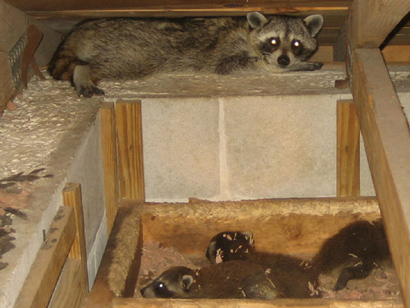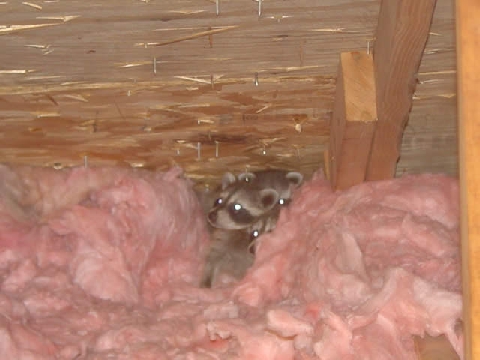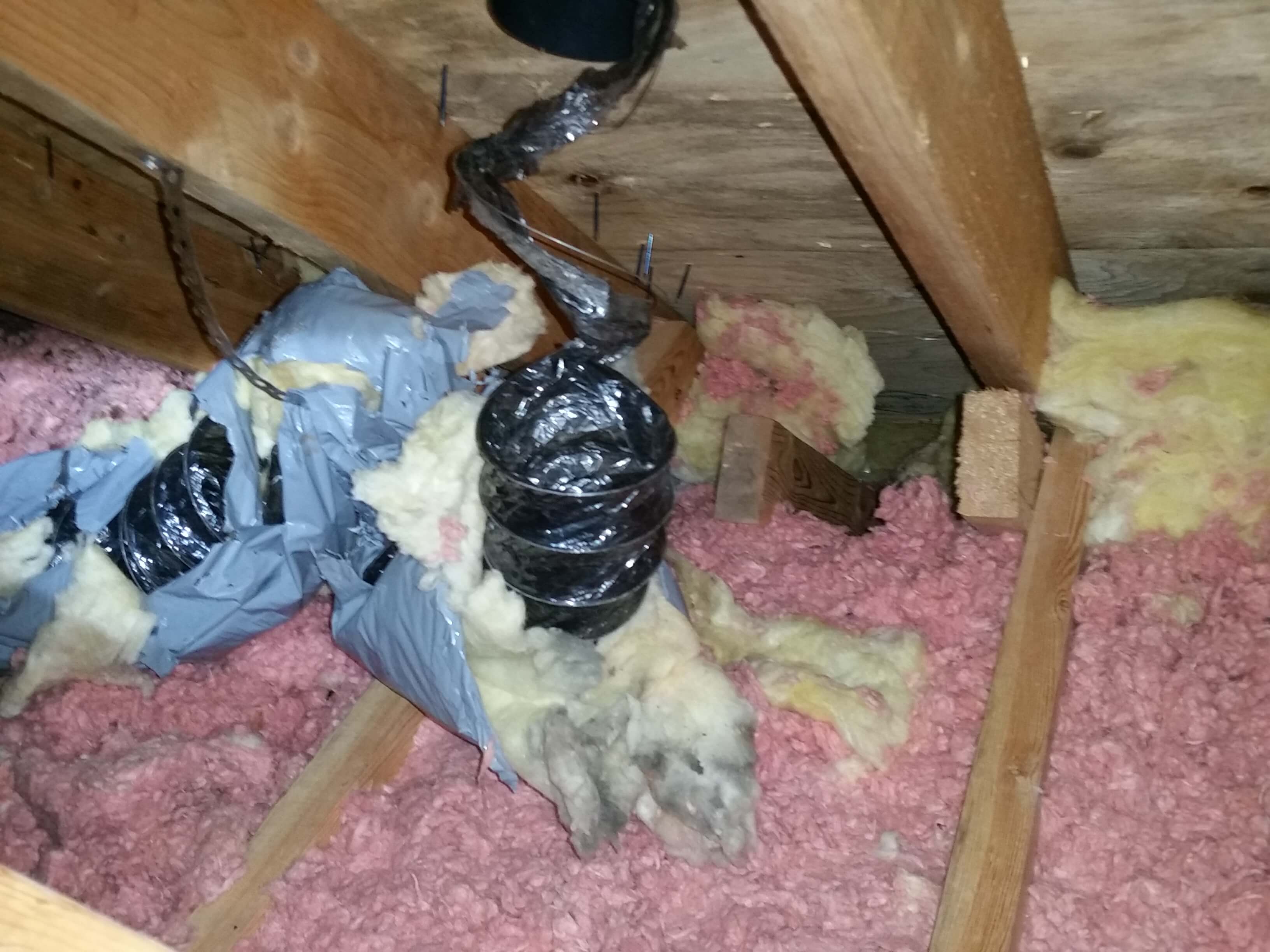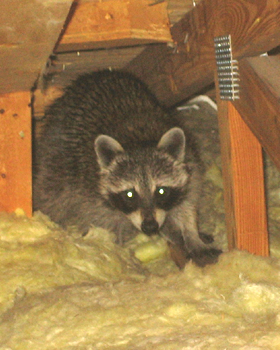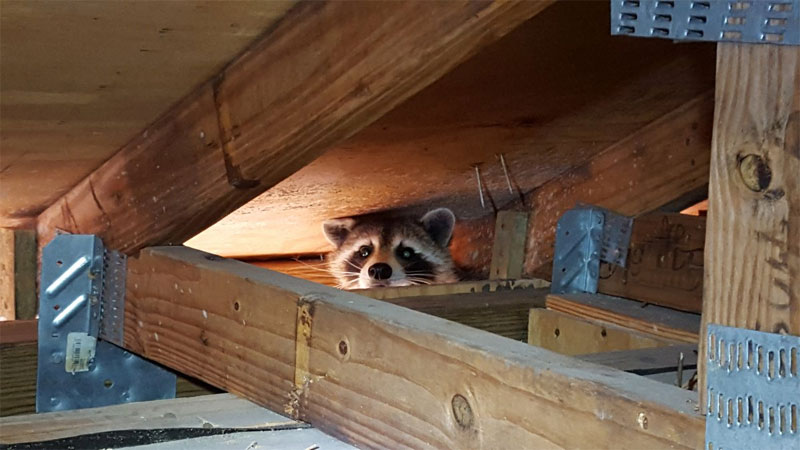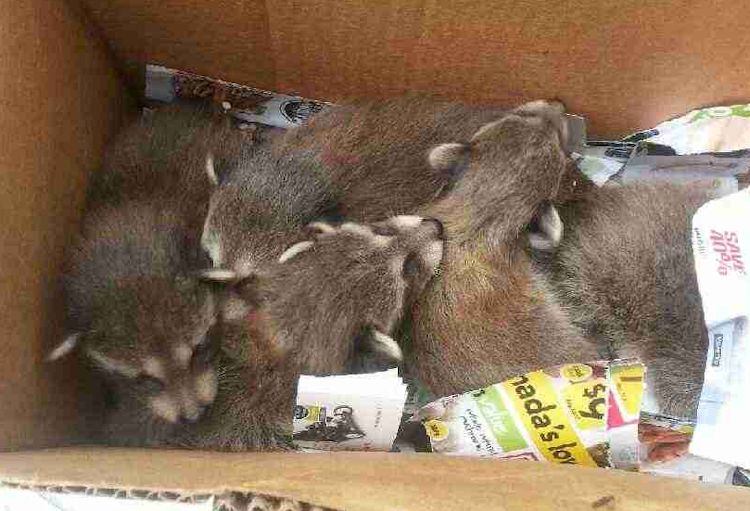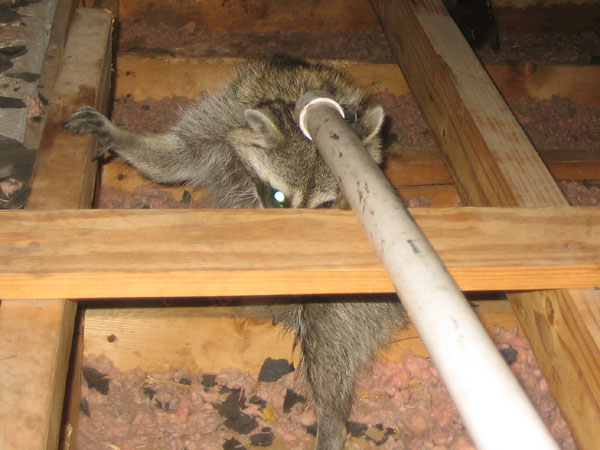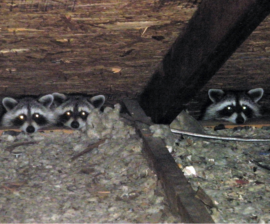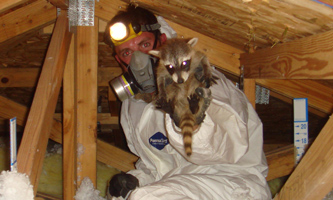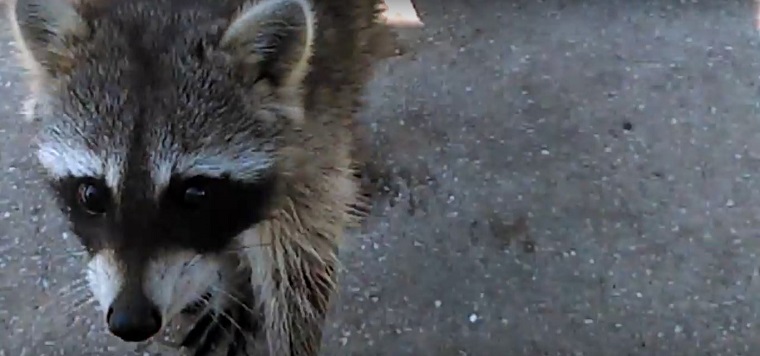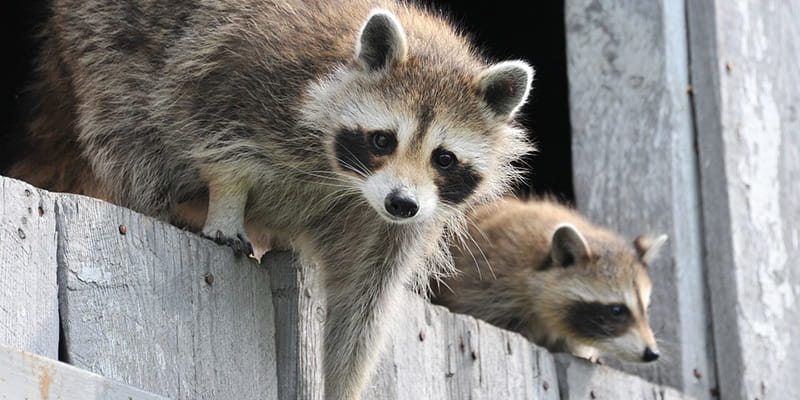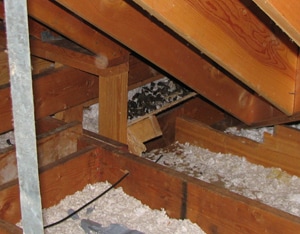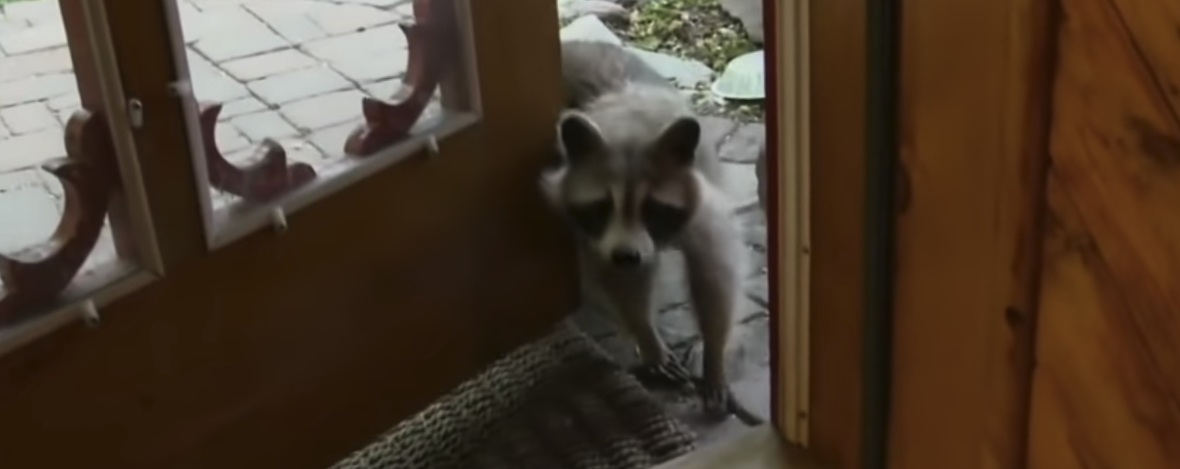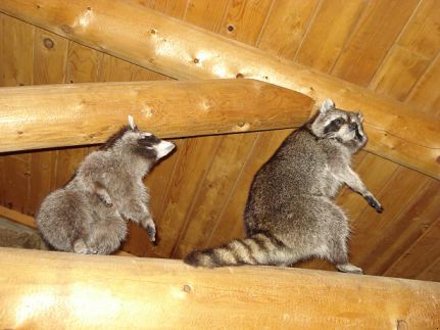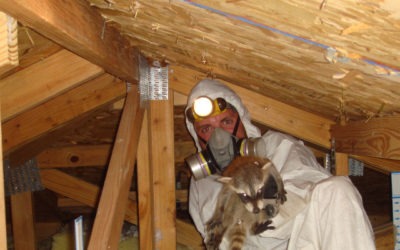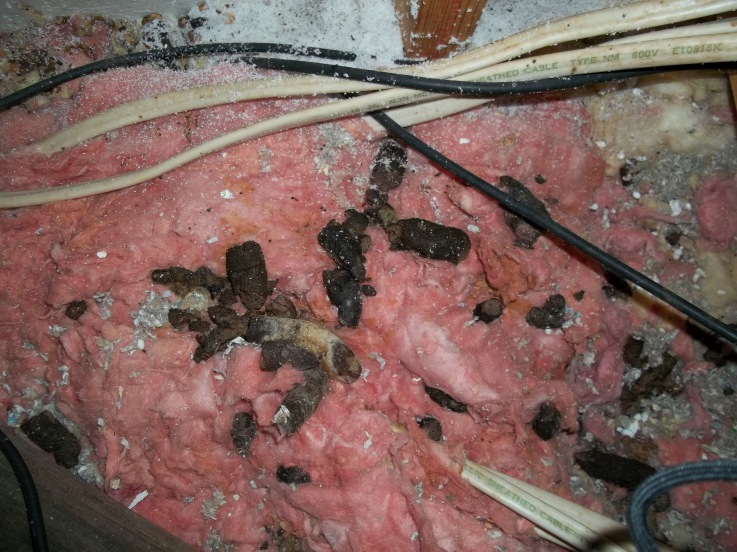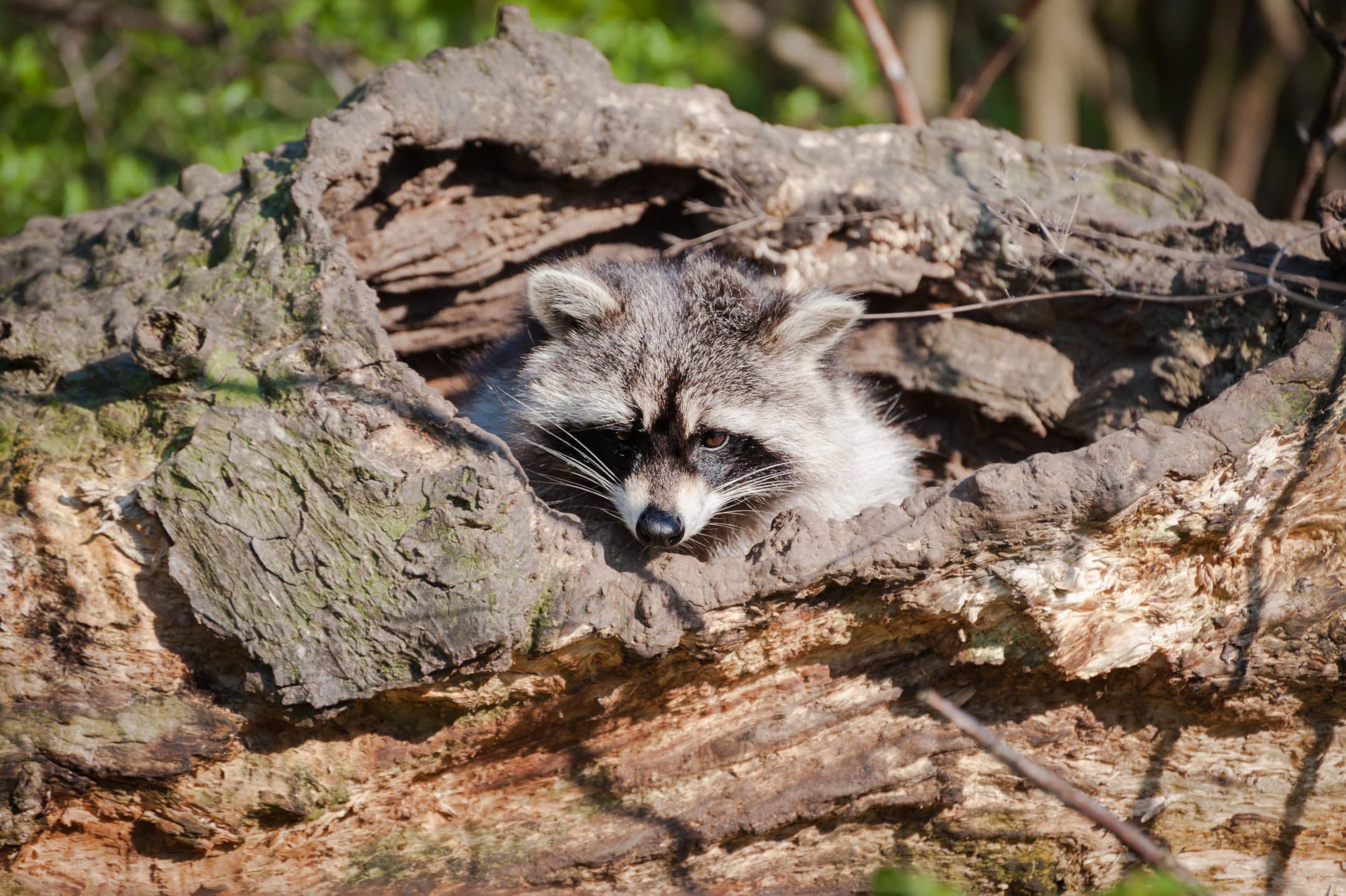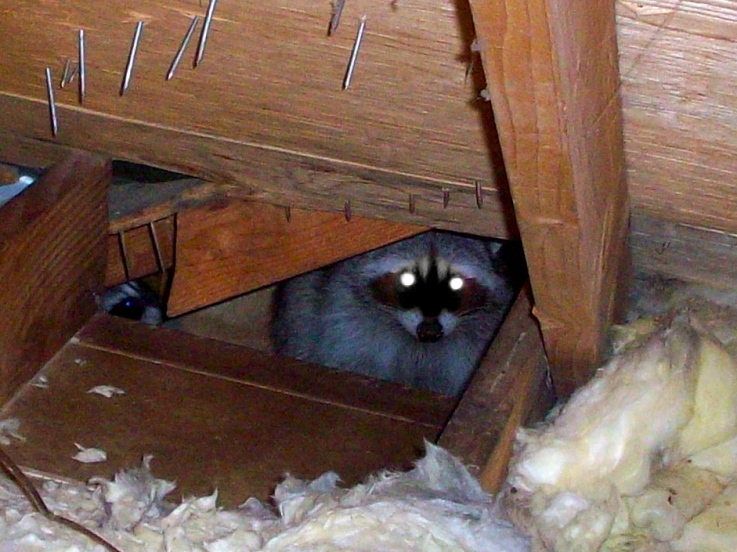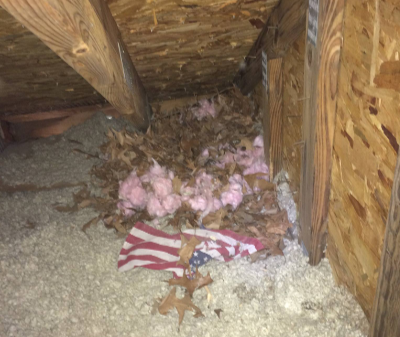Raccoon Den In Attic
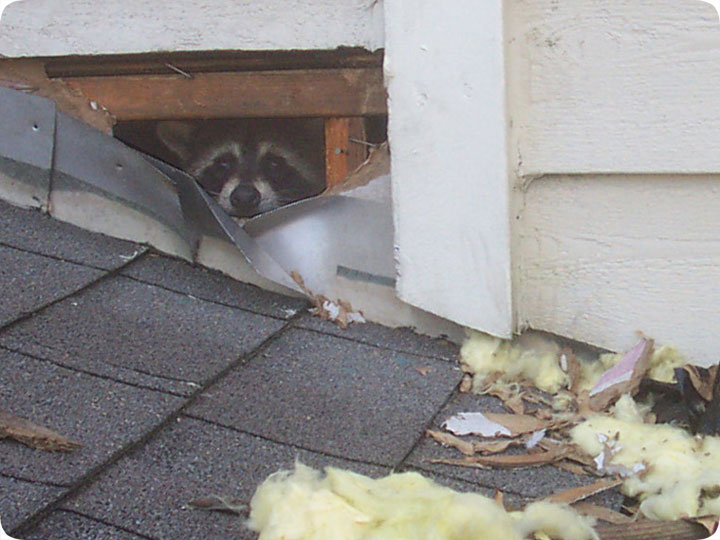
A home s attic is a perfect nesting space.
Raccoon den in attic. Raccoons also consider humans as predators and are so aggressive towards them especially when a female newly bred her young cubs and found by the homeowner it can never be humanely removed from the attic until the cubs grow and leave the den. Raccoons in the attic can cause thousands of dollars in damage from soiled insulation to ripped up ductwork. Raccoons typically live in attic dens for short periods. Raccoon babies are independent by the end of summer when they leave the den and disperse from their family groups.
The nest of baby raccoons must be found removed and the mother trapped. Raccoons in the attic. The latrines is recommended to be removed. Inspect the home and find the entry hole s which are very large and obvious.
It s worth noting that when raccoons get comfortable where they set up home they re not willing to leave for months. Raccoon mothers commonly move their babies between den sites during the nesting season so she may leave on her own. This almost always involves an adult female and a litter of baby raccoons. Piles of fecal matter which will build spores become absorbed into broken ducts and enter your living space will cause an illness.
This is a very complex case. It s also raccoon mating season. Raccoons are large sized smart and aggressive animals besides they are nocturnal it means all their activities happen at nighttime which makes it hard to detect and repel. Raccoons aren t as likely to invade your home when they re not busy making a family.
Here are the general steps for removing raccoons from an attic. Raccoon damage inside your attic. A female raccoon s gestation period lasts about 65 days. However come springtime female raccoons seek out warm and dry spaces where they can safely nest.
